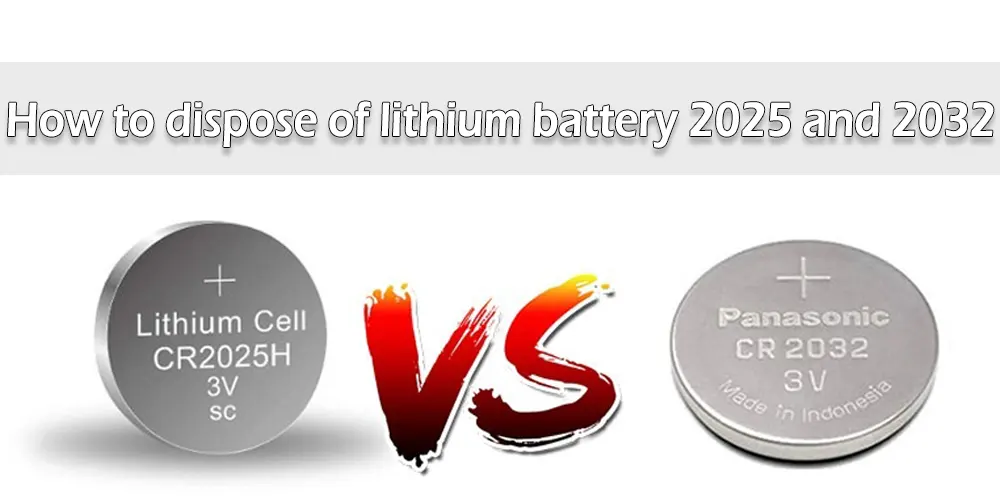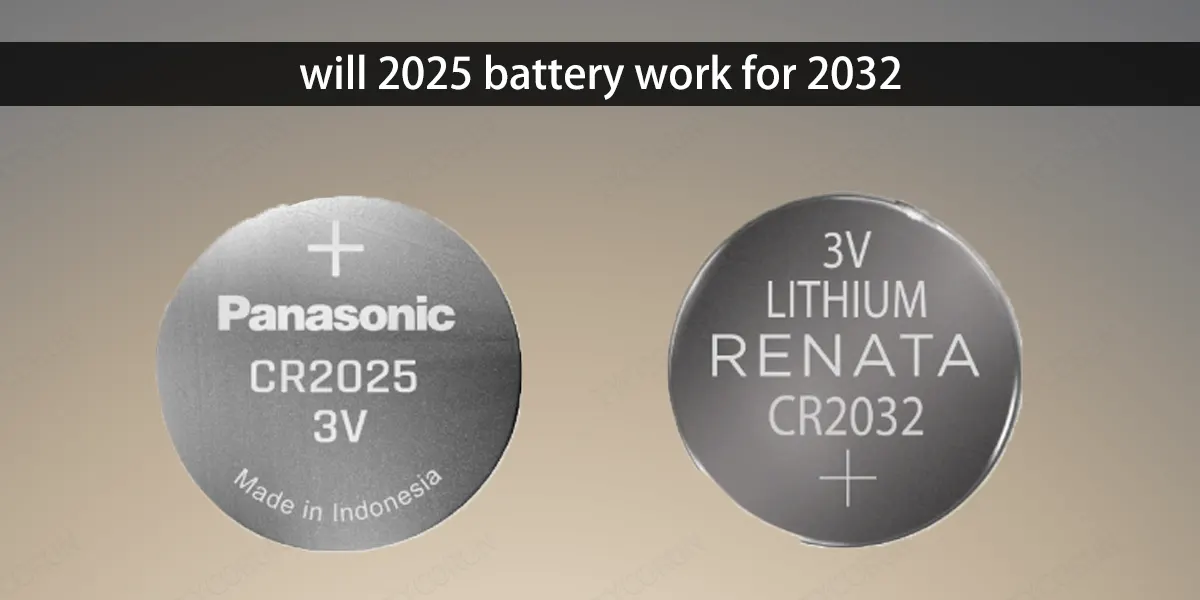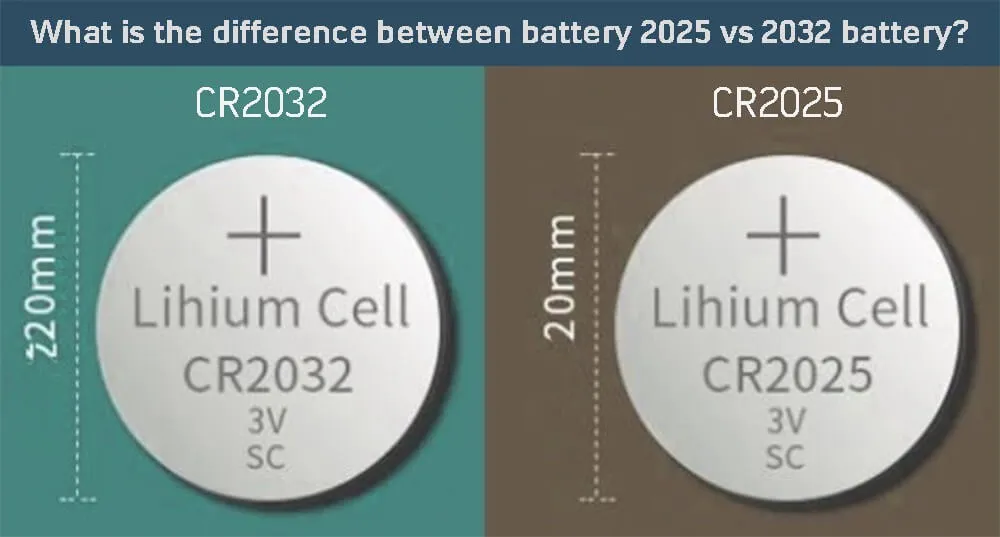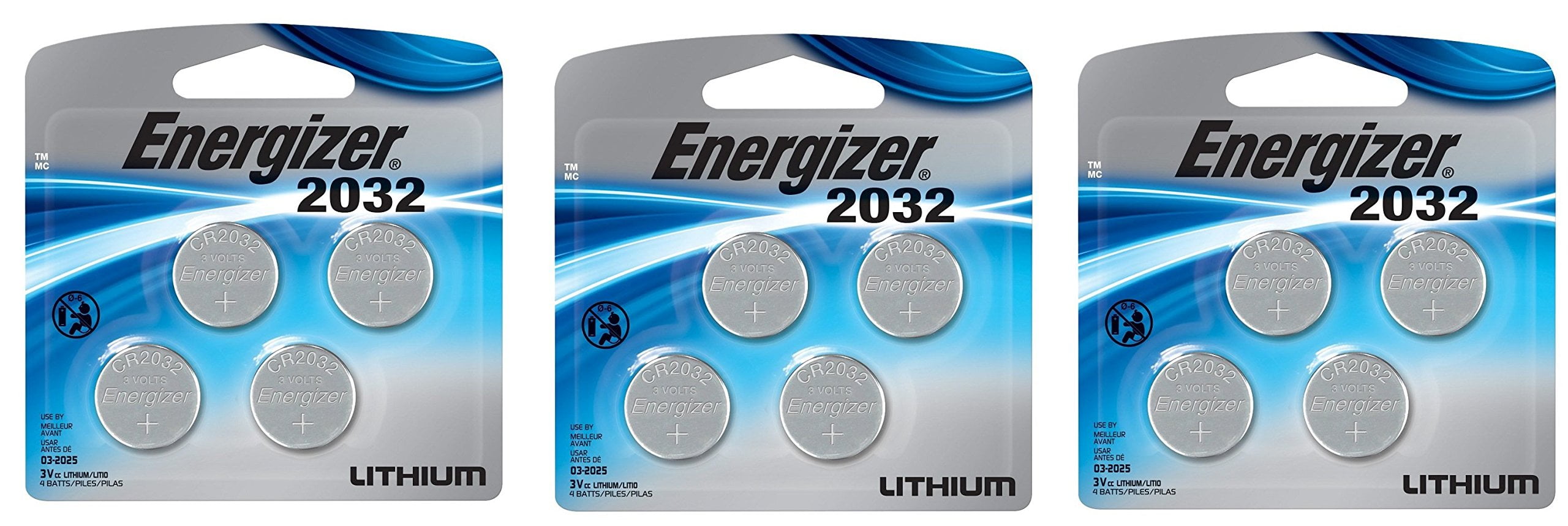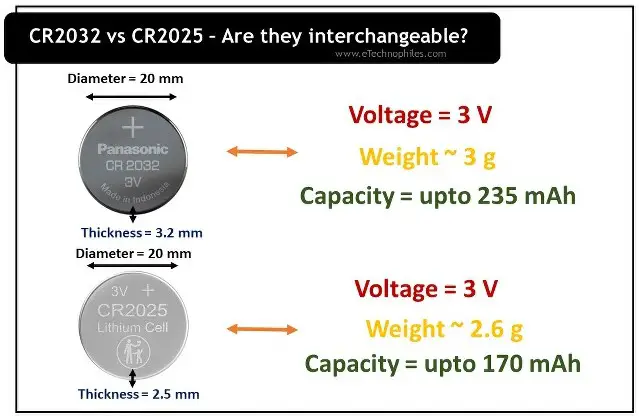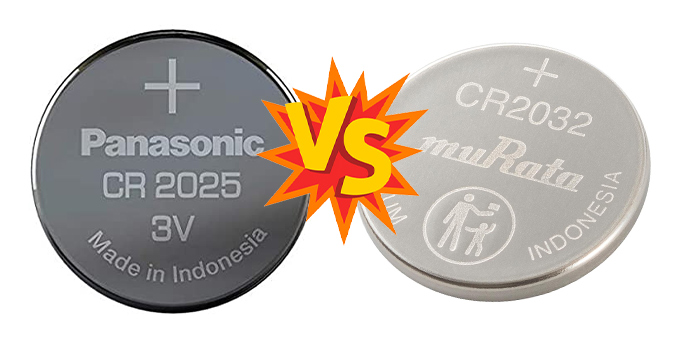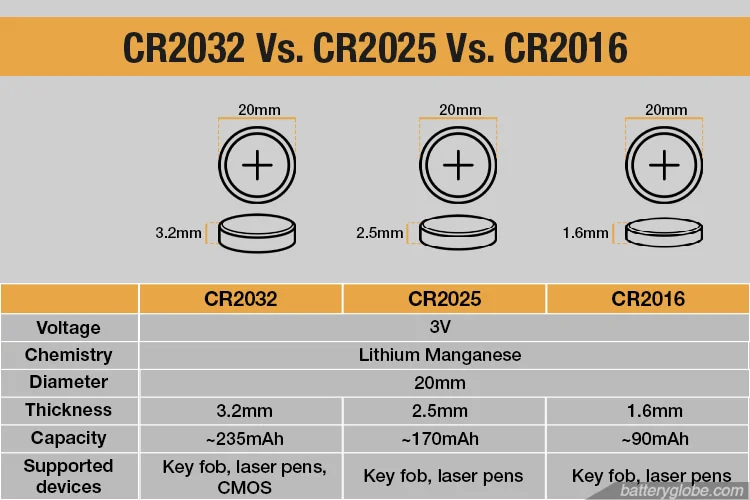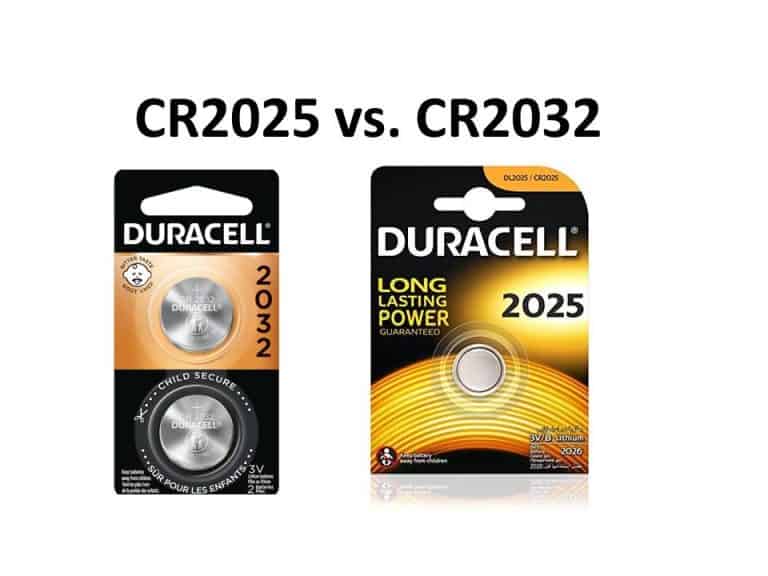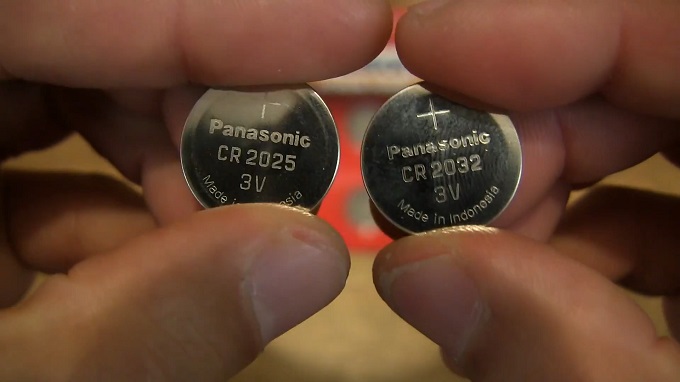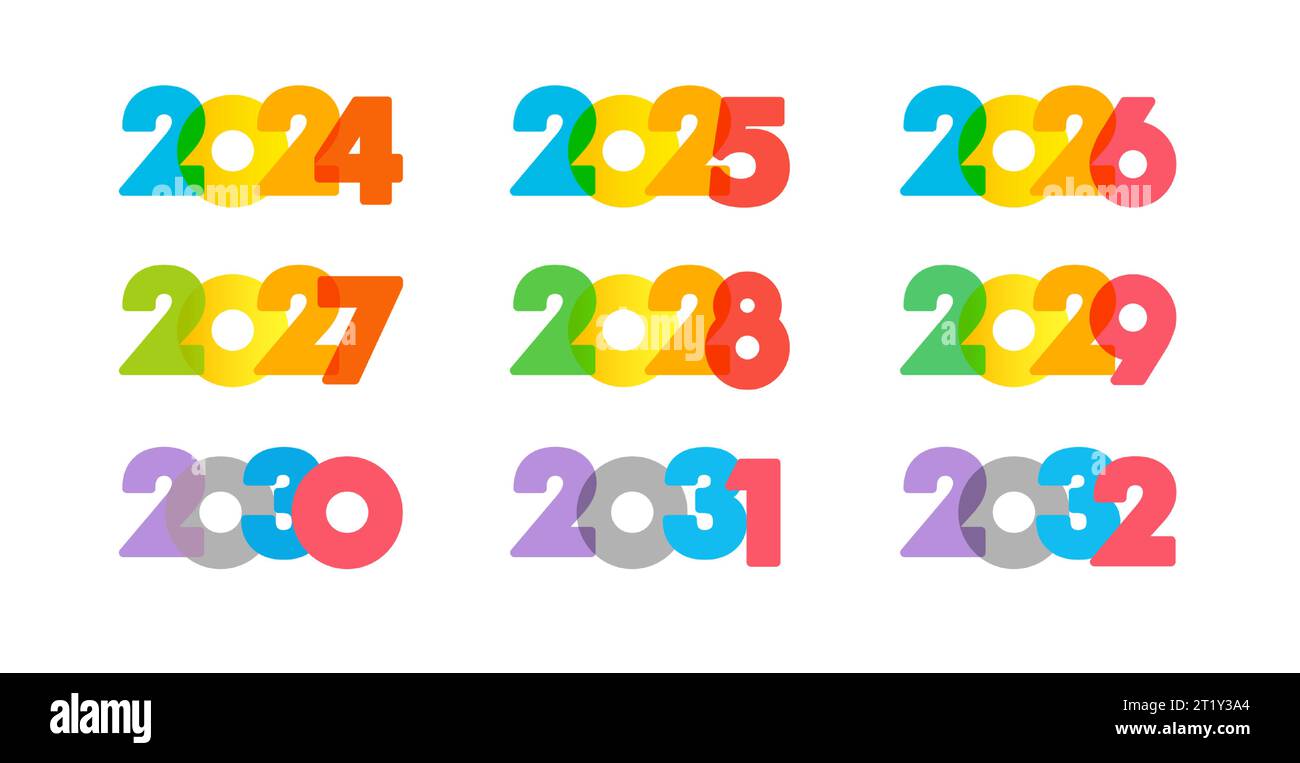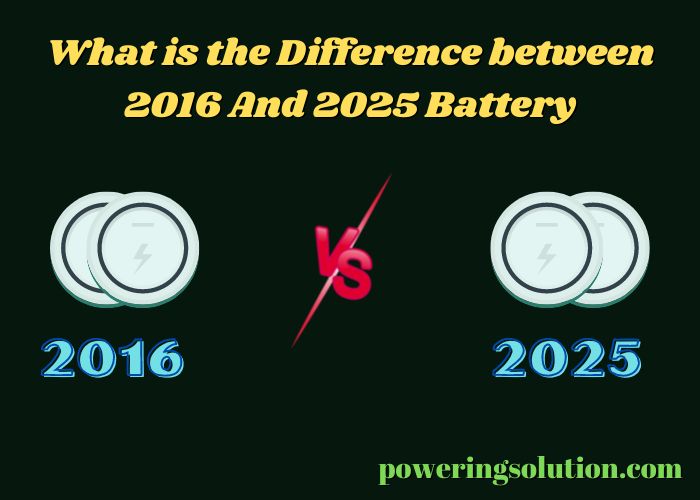Can You Use 2025 Instead Of 2032
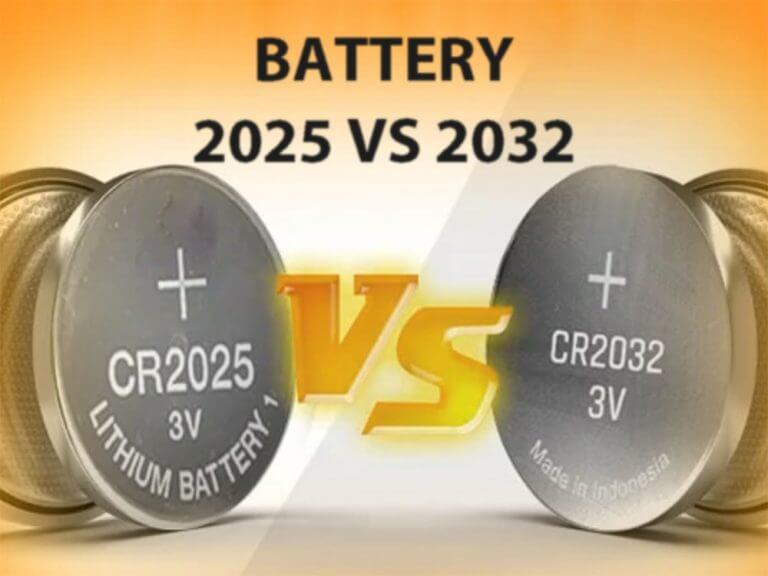
The looming 2032 deadline for phasing out older refrigerants under the global Kigali Amendment to the Montreal Protocol has sparked a quiet but intense debate: Could 2025 be a viable – and perhaps more environmentally responsible – alternative for some nations?
The potential acceleration of refrigerant phase-out, while not a universally supported idea, is gaining traction among climate advocates and some industry players, fueled by growing concerns over the climate impact of hydrofluorocarbons (HFCs), the refrigerants targeted by the agreement.
This article delves into the arguments for and against advancing the deadline, the practical challenges involved, and the potential consequences for industries and consumers worldwide.
The Nut Graf: A Race Against Time
The Kigali Amendment aims to drastically reduce the production and consumption of HFCs, potent greenhouse gases used in air conditioning, refrigeration, and other applications. The agreed-upon schedule, culminating in near-total phase-out by the late 2040s, establishes different timelines for developed and developing countries, with the latter generally allowed a later starting point. The standard deadline is 2032 to start.
But with climate change accelerating, some argue that this timeline is insufficient, especially given the availability of more climate-friendly alternatives.
The push for a 2025 target, while ambitious, seeks to leverage existing technological advancements and market dynamics to achieve faster emissions reductions, potentially averting significant global warming.
The Case for Acceleration: Environmental Imperative
The core argument for accelerating the phase-out revolves around the urgent need to mitigate climate change. HFCs, while replacing ozone-depleting substances, are still potent greenhouse gases, with global warming potentials (GWPs) often thousands of times higher than carbon dioxide.
Proponents of a faster timeline, like the Environmental Investigation Agency (EIA), point to studies demonstrating the substantial climate benefits of a quicker transition.
They argue that delaying action allows significant amounts of HFCs to be emitted, contributing to warming that could be avoided.
Furthermore, the availability of viable alternatives, such as natural refrigerants (e.g., ammonia, CO2, hydrocarbons) and low-GWP synthetic refrigerants, makes a more aggressive timeline technically feasible in many applications.
Technological advancements in refrigeration and air conditioning systems are rapidly maturing, making energy-efficient and climate-friendly alternatives increasingly accessible and cost-competitive.
The earlier we adopt them, the more benefits our environment receives.
The Counterarguments: Practical and Economic Realities
Despite the environmental benefits, accelerating the phase-out faces significant hurdles. Industries relying heavily on HFCs, particularly in developing countries, cite concerns about cost, technological readiness, and infrastructure limitations.
Transitioning to new refrigerants often requires significant investments in equipment upgrades, training, and infrastructure development.
The Air-Conditioning, Heating, and Refrigeration Institute (AHRI), representing manufacturers, stresses the importance of a phased approach to ensure a smooth and cost-effective transition, avoiding disruptions to supply chains and consumer access to essential cooling technologies.
Furthermore, the availability of suitable alternatives may vary across different sectors and regions, with certain applications requiring more time to develop and implement viable solutions.
Some developing countries also argue that a forced acceleration would place an undue burden on their economies, hindering their development goals.
Geopolitical Considerations and the Role of International Cooperation
The feasibility of accelerating the phase-out is also heavily influenced by geopolitical factors and the level of international cooperation.
The Kigali Amendment relies on financial and technical assistance from developed countries to help developing nations meet their obligations.
A more ambitious timeline would necessitate increased funding and technology transfer to support developing countries in their transition efforts. UN Environment Programme (UNEP) plays a critical role in this.
China, a major producer and consumer of HFCs, holds a pivotal position in the global effort to reduce emissions.
Its commitment to the Kigali Amendment and its willingness to adopt more aggressive measures will be crucial for achieving significant global reductions.
Sector-Specific Challenges and Opportunities
The impact of accelerating the phase-out will vary significantly across different sectors. The air conditioning and refrigeration industries, major consumers of HFCs, face the most immediate challenges.
Supermarkets, for example, are already exploring natural refrigerant-based systems for cooling and refrigeration, but widespread adoption requires further technological advancements and regulatory support.
The automotive industry is also transitioning to new refrigerants in mobile air conditioning systems, but concerns about flammability and performance in extreme climates remain.
Conversely, some sectors, such as the foam blowing industry, have already made significant progress in adopting low-GWP alternatives, demonstrating the potential for rapid transitions in specific applications.
Looking Ahead: A Complex and Evolving Landscape
The debate over whether to aim for a 2025 refrigerant phase-out, instead of the established 2032, highlights the complexities and trade-offs involved in climate change mitigation. While a faster timeline offers the potential for significant environmental benefits, it also presents practical and economic challenges for industries and nations worldwide.
Ultimately, the decision of whether or not to accelerate the phase-out will depend on a combination of factors, including technological advancements, economic considerations, political will, and the level of international cooperation.
A balanced approach that combines ambitious targets with realistic implementation strategies, coupled with robust financial and technical support for developing countries, will be essential for achieving a successful and equitable transition to a climate-friendly future.


